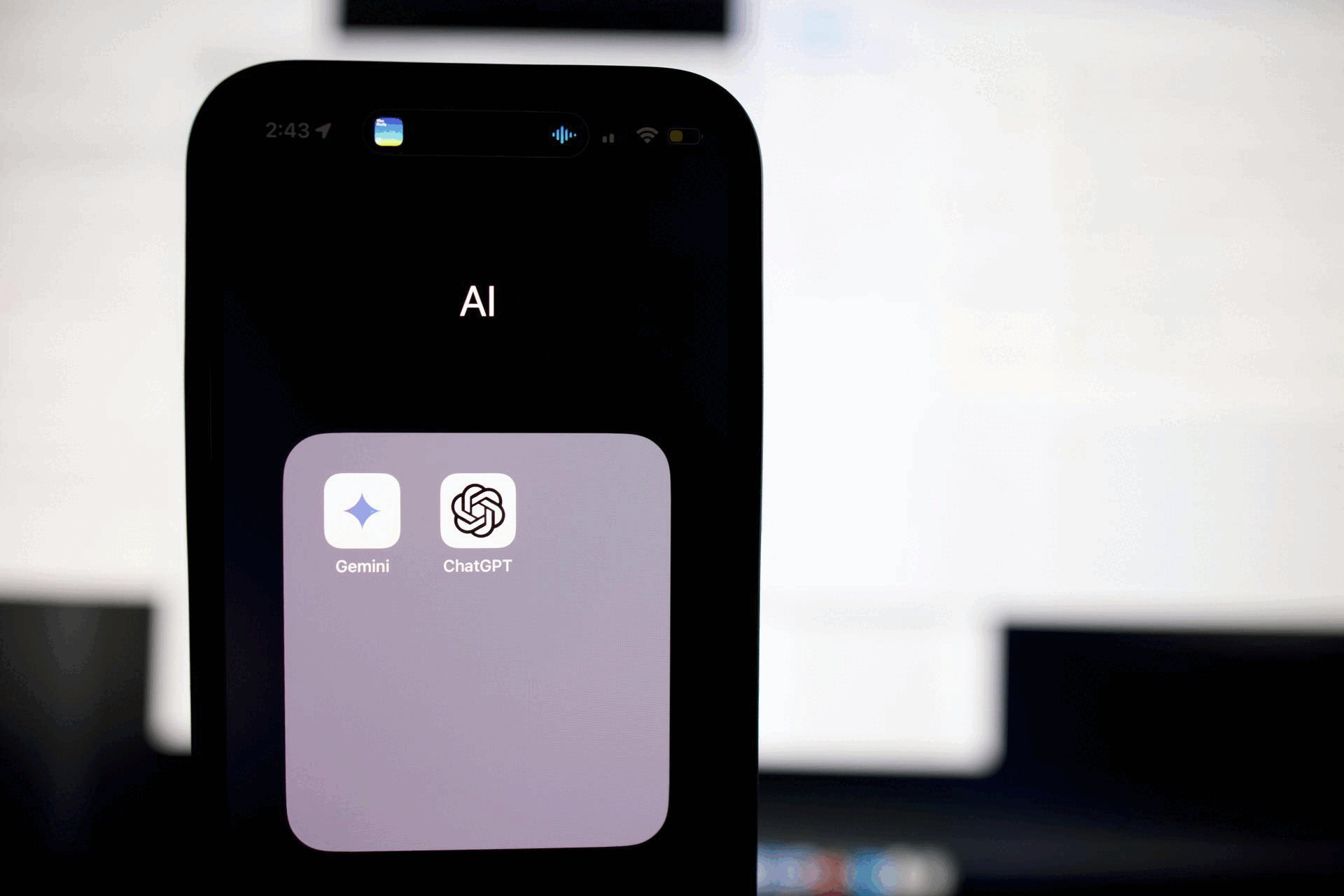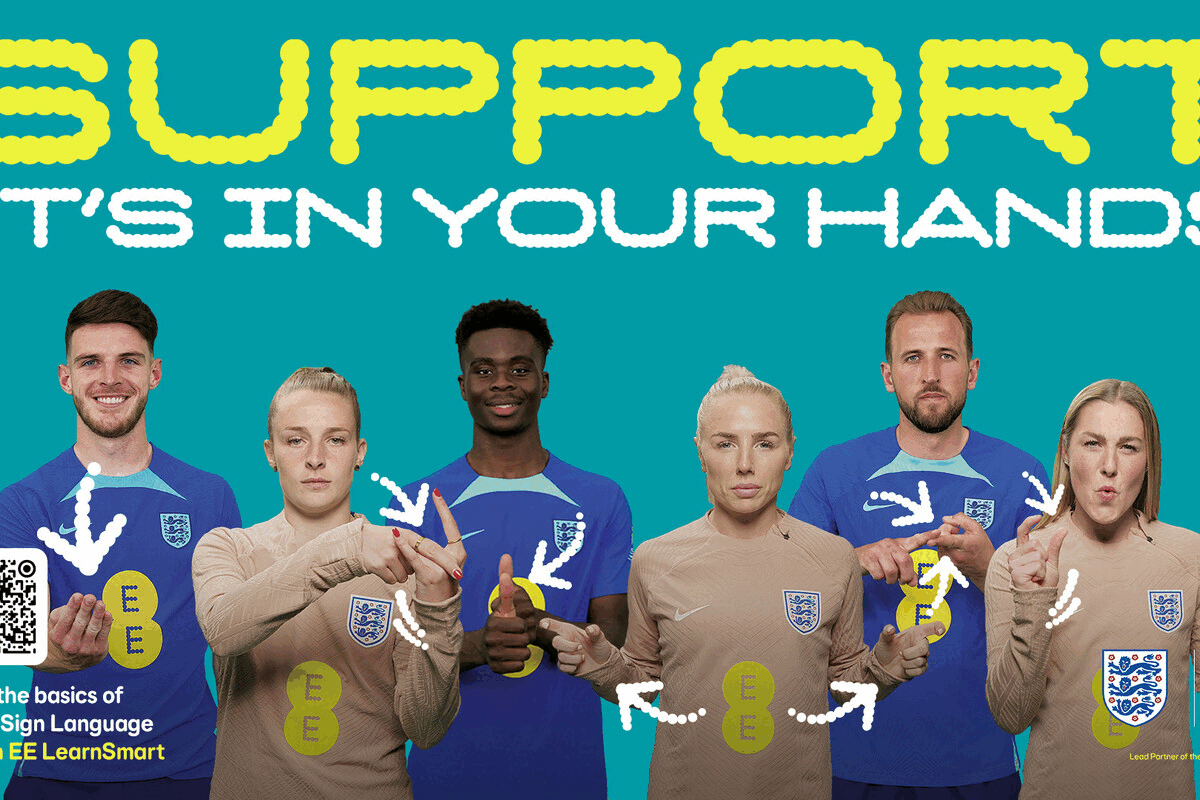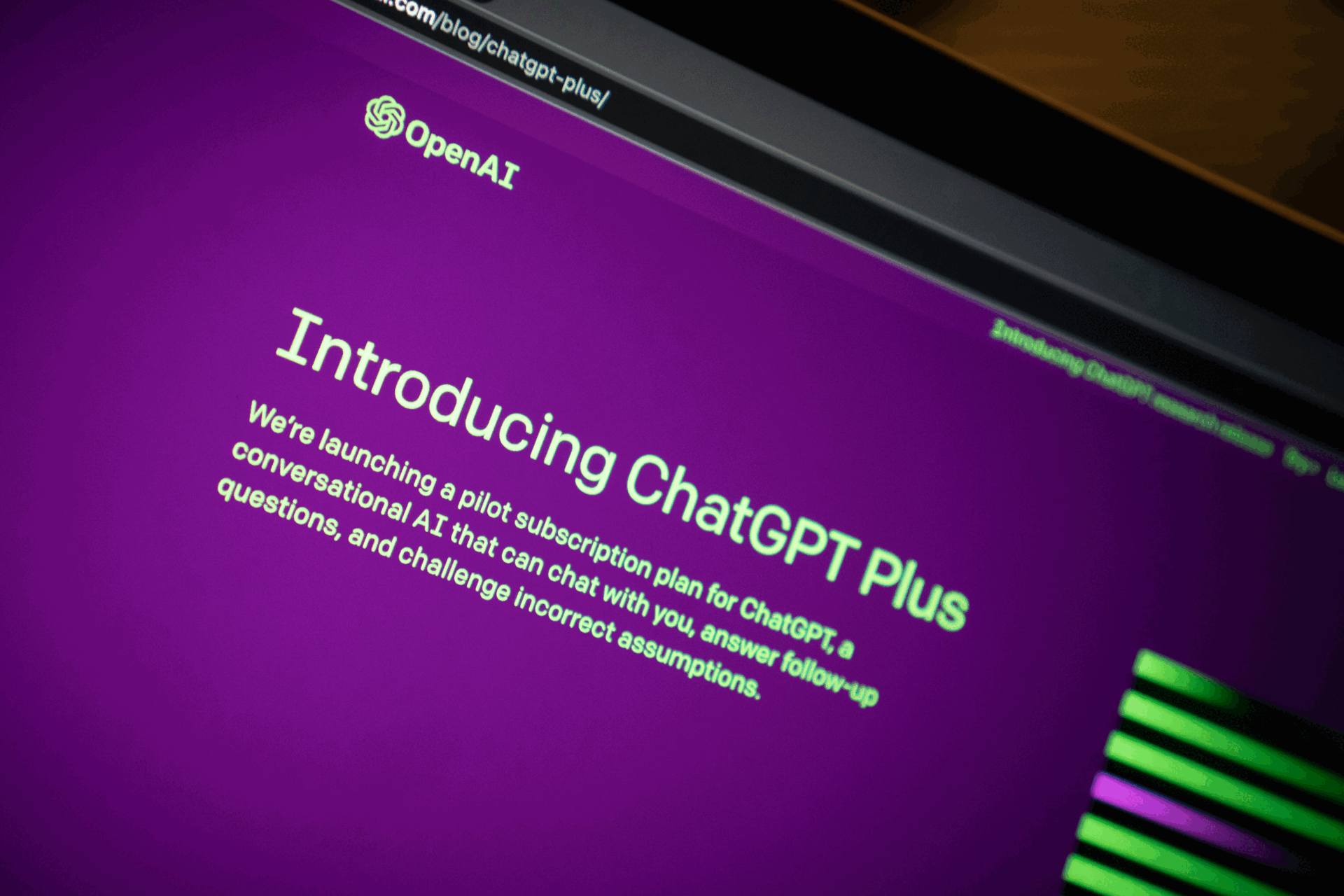Wearables Shipments Triple in a Year
- Wednesday, December 17th, 2014
- Share this article:
 Shipments of connected wearables more than tripled in 2014 to reach 19m units, up from 5.9m in 2013, according to a new report from the analyst, Berg Insight.
Shipments of connected wearables more than tripled in 2014 to reach 19m units, up from 5.9m in 2013, according to a new report from the analyst, Berg Insight.
Growing at a compound annual growth rate of 54.7 per cent, total shipments of smartwatches, smart glasses, fitness & activity trackers, people monitoring & safety devices and medical devices, as well as other wearable devices are forecasted to reach 168.2m units in 2019.
Bluetooth will remain the primary connectivity option in the coming years, says Berg, but nonetheless, a total of 16.6m of the wearables shipped in 2019 are forecasted to incorporate embedded cellular connectivity, mainly in the smartwatch and people monitoring & safety categories.
Fitness & activity trackers is the largest device category, with shipments reaching 13m units in 2014. The market-leading vendors, Fitbit, Jawbone and Garmin have in the past year been joined by an abundance of companies, including major players from the smartphone industry such as LG, Huawei, Microsoft, Samsung, Sony and Xiaomi, all of whom have released fitness & activity trackers.
Smartwatch competition
“This product category is now facing fierce competition from smartwatches that have activity tracking features,” said Johan Svanberg, senior analyst at Berg Insight. “Decreasing prices and new form factors will still enable dedicated fitness & activity trackers to reach shipments of 42m units in 2019.”
A new breed of smartwatches became available in 2014 when Android Wear smartwatches from Sony, LG, Motorola and Asus entered the market to compete with existing offerings from Pebble and Samsung.
“Smartwatches are already the second largest category of connected wearables and sales will pick up considerably in 2015,” said Svanberg. “The Apple Watch will enter the market and other major smartphone vendors will launch next generation Android Wear devices.”
Traditional watch vendors will also enter the market in the coming years, Berg believes, both with smartwatches capable of running third party applications, as well as traditionally-styled watches with basic smartphone notification features. Improved devices available in different price segments will drive adoption in the next five years, making smartwatches the largest device category by the end of the forecast period, according to the Berg research.
Shipments of smart glasses have so far been modest, but promising use cases in specific markets such as enterprise and medical as well as in niche segments of the consumer market will enable smart glasses to become the third largest category of connected wearables in the next five years. “The opportunities are plentiful – improved imaging capability together with hands-free operation, real-time communication and augmented reality functionality would for example make smart glasses a serious contender on the action camera market”, said Svanberg.
Connected wearables such as cardiac rhythm management devices, ECG monitors, mobile Personal Emergency Response Systems (mPERS) and wearable computers are already common in the medical, people monitoring and enterprise segments. Furthermore, miniaturised electronics, low power wireless connectivity and cloud services have inspired a wide range of new connected wearables such as authentication and gestures wristbands, notification rings, smart motorcycle helmets and smart gloves. “Most of these products are still experimental, but in a few years’ time there will be many examples of new successful devices on the market,” Svanberg concluded.
There’s more information about the report here.
















